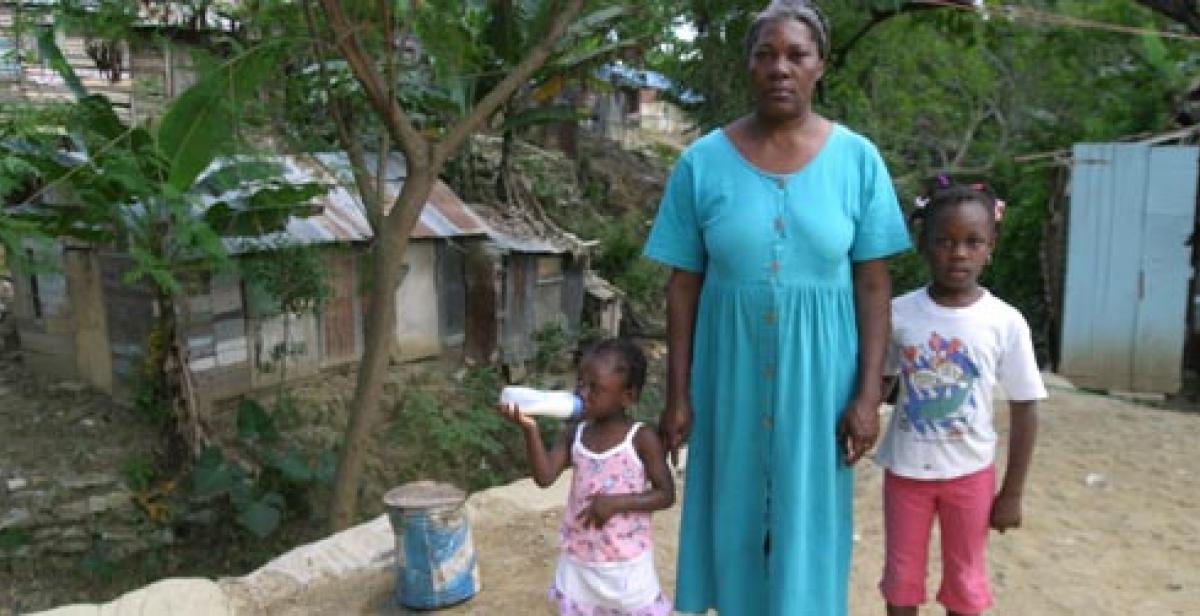How do we make sure development aid reaches the poorest people?
Twenty years ago, 93% of the world’s poorest people lived in the poorest countries – or ‘low income’ countries, to use the development jargon. But in a recent paper on “the new bottom billion”, Andy Sumner of the Institute of Development Studies (IDS) shows that on the basis of income, three quarters of the world’s poorest people now live in ‘middle income’ countries.
This isn't because poor people have migrated to other countries. Rather, it shows that a large number of countries have seen strong economic growth – but that the poorest people in those countries have been left behind.
Sumner argues that this means donors should pay more attention to middle income countries (while obviously not forgetting about the poorest countries). But others disagree: they say middle income countries should be able to support all their citizens on their own terms, without meddlesome donors getting in the way. Economic growth will, in time, work through to the poorest (the famous ‘trickle down’ effect). In the meantime, these critics argue, the IDS paper risks detracting focus from the very poorest countries.
But surely it would be wrong to stop being concerned about hundreds of millions of very poor people, just because they live in middle income countries! Action to address the inequality highlighted by the IDS is clearly required. But what form should that action take? Are there legitimate ways for the international community to intervene to promote changes (eg on tax policy) that could help improve the lot of the poorest? This could be denounced as inappropriate interference – and not just by the governments of middle income countries, but by local civil society organisations too.
Progressio works in some middle income countries, with poor communities. For us, the IDS research reinforces the importance of achieving change for the poorest not through service delivery, but through enabling advocacy and participation. Our ‘legitimacy to act’ comes not from a self-declared ‘responsibility to protect’, but rather in response to the appeal for solidarity and collaboration from civil society partners in the countries where we work.
Through advocacy from local civil society actors, states with growing resources can be encouraged to make the benefits of higher national income available to the poorest. And the role of an international agency looks more like a ‘specialist supporter’ of state or civil society initiatives, and less like the funder, designer, or implementer of services. Working relationships between international agencies and civil society organisations therefore become less about funding, and more about collaboration for poverty reduction and for addressing the root causes of poverty and powerlessness.
Such support for civil society’s efforts – even in middle income countries – will continue to be legitimate and useful, whether poverty is mainly due to a lack of resources, or primarily down to inequality. And it will be particularly important in countries where middle income status is new found, or where civil society space is small.
Tim Aldred is Progressio's Advocacy Manager
PS: If you’d like to do more thinking, I found two podcasts in particular worth a listen: Paul Collier, author of the ‘original’ Bottom Billion report, engages Andy Sumner in an entertaining conversation on the IDS website. A less knockabout (but possibly more constructive) Development Drums podcast, presented by Owen Barder, covers similar ground with a conversation between Andy Sumner and the Overseas Development Institute’s Claire Melamed.
Photo: A woman and her children in a poor area of Santiago in the Dominican Republic - a middle income country.



